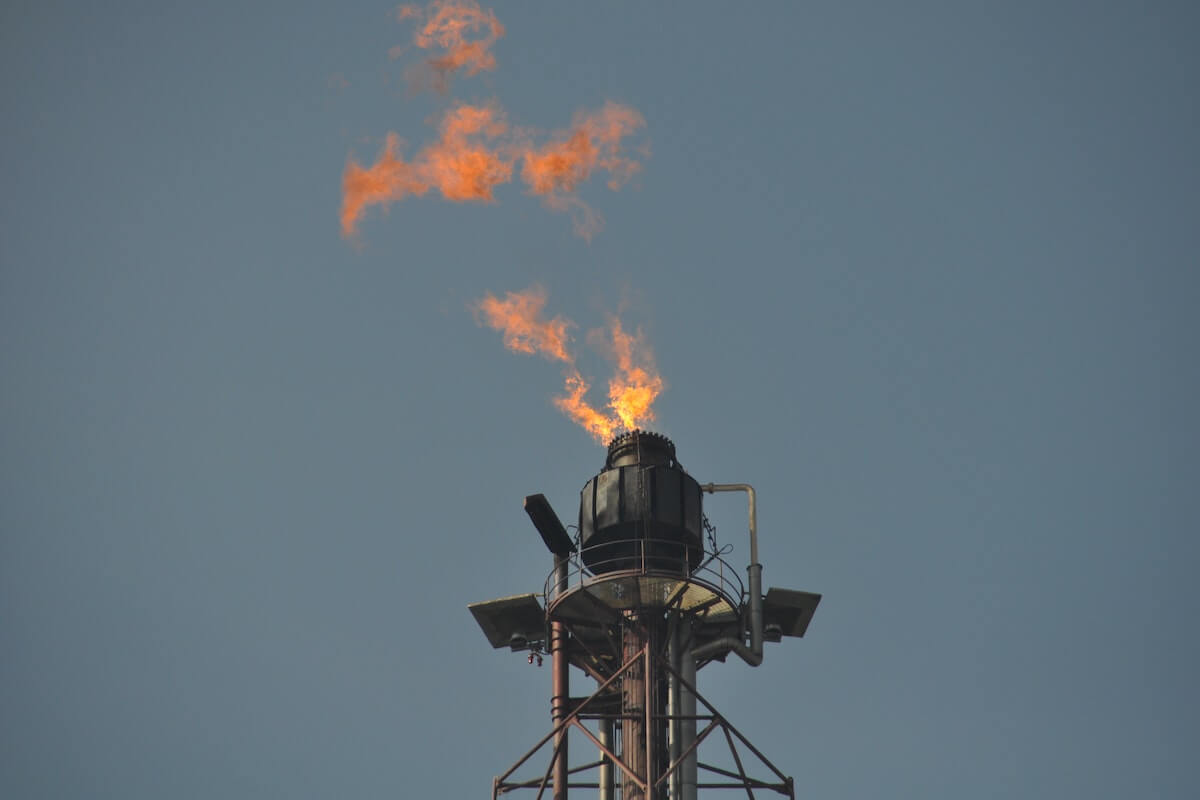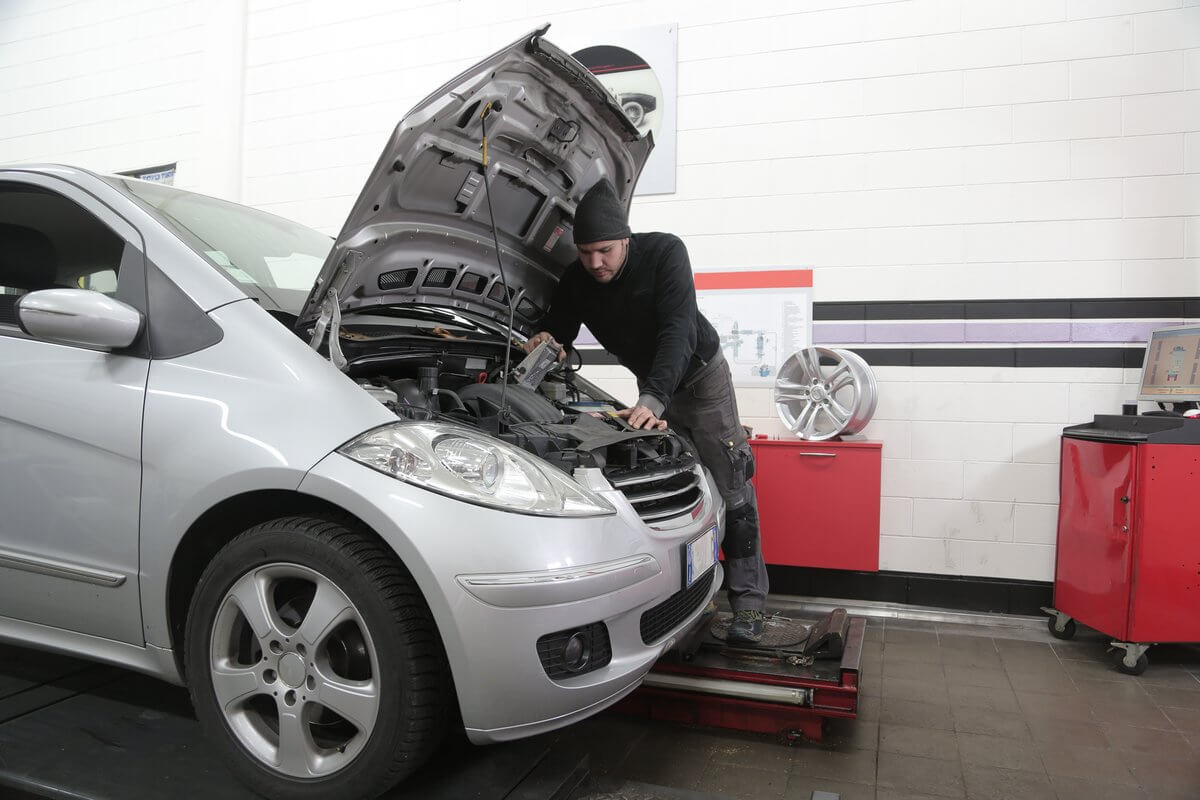In the oil and gas industry, safety is paramount. Operations often involve handling flammable substances under high pressure, and as such, the industry has developed a range of safety mechanisms to prevent accidents and manage emergencies. One such mechanism is the flare system. This blog post will delve into the function of a flare in oil and gas operations, its importance, and how it forms part of comprehensive oil and gas solutions.
The Role of Flaring in Oil and Gas Operations
A flare, often referred to as a flare stack, is a large, vertical pipe or chimney used in oil and gas production sites to burn off unwanted or dangerous gases and liquids. These are typically released during over-pressurizing of plant equipment, during start-ups, shutdowns, or disruptions in the operation process.
The primary purpose of flaring is to act as a safety device, preventing the risk of explosion due to the buildup of pressure within the system. It does this by burning off flammable gas released by the pressure relief valves during unplanned over-pressuring of plant equipment.
Flaring is also used to burn gases that cannot be processed or sold, such as those with impurities that make them unsuitable for consumption. In this case, flaring is a better environmental choice compared to releasing these gases directly into the atmosphere.
The Importance of Effective Flaring Systems
Flaring plays a critical role in maintaining safe operations within oil and gas facilities. The importance of an effective flaring system cannot be overstated, and here’s why:
Safety: The primary function of flaring is safety. By providing an outlet for the controlled burning of excess gases, a flare system prevents dangerous over-pressurization that can lead to equipment failure or even explosions.
Environmental Compliance: By burning off excess gases, flare systems help oil and gas operations comply with environmental regulations. Burning the gas converts it into water vapor and carbon dioxide, which are less harmful than many of the raw gases that are produced during oil and gas extraction and processing.
Efficiency: Efficient flare systems are part of comprehensive oil and gas solutions aimed at optimizing production. By managing waste gases, flares allow for smoother, uninterrupted operation of the plant, increasing efficiency and productivity.
Towards More Sustainable Oil and Gas Solutions
While flaring is a crucial safety measure, it is also recognized as a significant source of carbon emissions. The industry is thus actively seeking innovative oil and gas solutions to reduce the need for flaring.
These include the development of more efficient equipment to minimize excess gas production, exploring ways to repurpose these gases instead of burning them, and implementing stricter operational procedures to reduce the frequency of events that necessitate flaring.
Also Read: Automated Technology Beyond Covid-19
In conclusion, a flare in oil and gas operations is a safety measure designed to manage the controlled burning of excess gases and prevent over-pressurization. It forms a critical part of oil and gas solutions, ensuring the safety of operations while adhering to environmental regulations. However, the continuous evolution of technology and operational procedures towards reducing carbon emissions represents the future of the industry, with the goal of achieving safer, more efficient, and sustainable operations.










